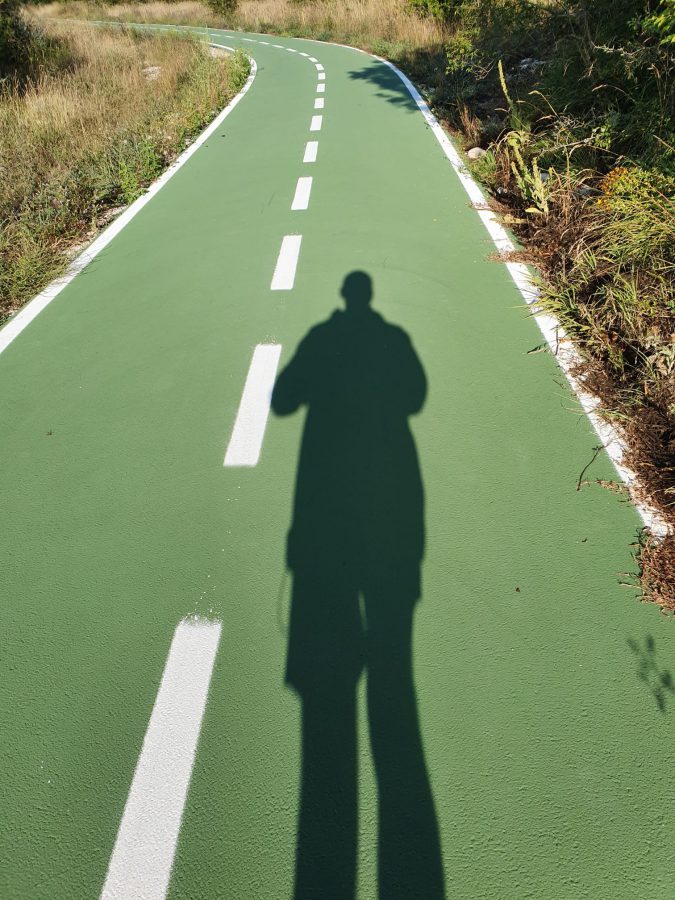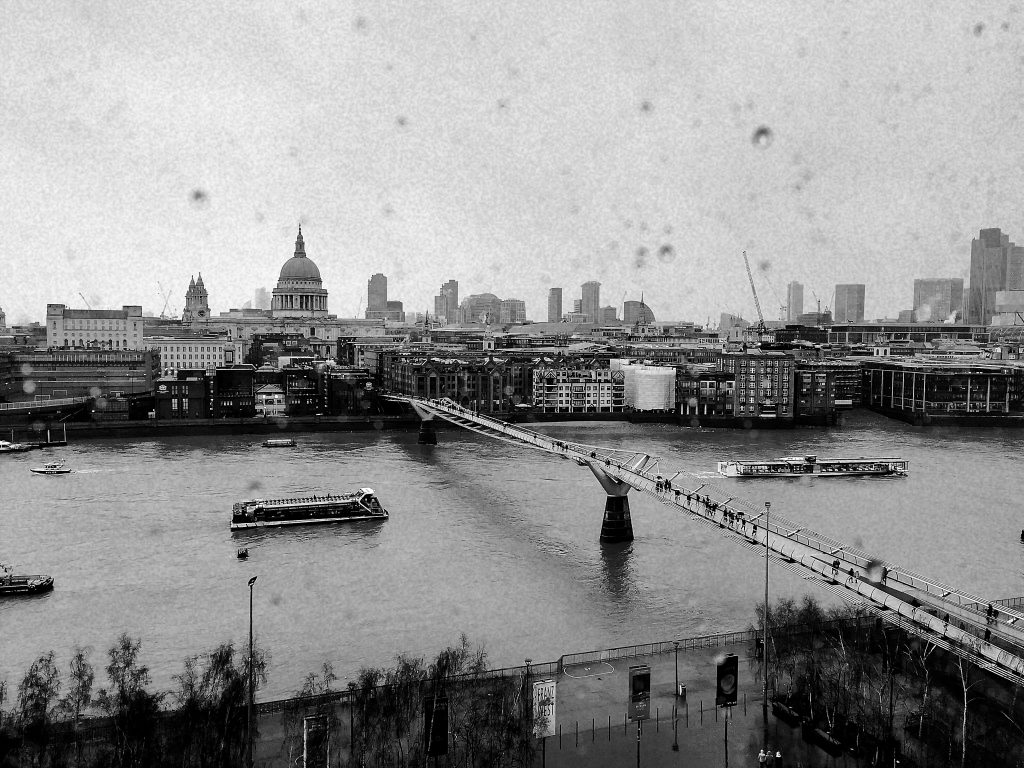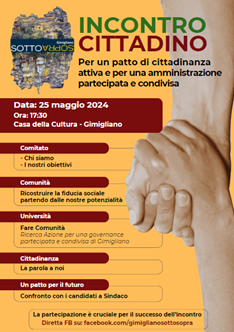by Umberto Pagano, exclusive for The diagonales
THE COLOUR OF CITIES
Cities are full-colour or black and white. It is a condition that has little to do with real colours of things but rather with their “soul”.
By my nature and aesthetic orientation, with some exceptions, I am more attracted to black and white cities. And not surprisingly, the clearest pictures in my mind are black and white.
Bangkok is a colour city. San Francisco, Rangoon, Mexico City are colour. Instead, Berlin, Paris, Prague (at least the one before the devastating disneyfication, begun back in the Nineties) are certainly black and white. Others are chromatically indecipherable, I cannot classify them clearly. Some of ‘em form a separate category: those that change colour according to seasons and moments; among these I put, for example, New York and Naples (my city). In some ways, these are the most interesting, because their black and white moments are sort of “coloured”: they have a particular and specific intensity. But here we go into a field that is difficult to walk with words … There are also colourless, neutral cities, greyish inside. But let’s forget about those!
London is undoubtedly a black and white city.
I took this photo recently, from behind the window of the Tate Modern cafeteria on the top floor.
London is a city where it is easy to feel comfortable. Because diversity is the rule: it is total, profound, widespread and, because of this, irrelevant. People manage cultural diversity with great naturalness, as a completely normal element, on which there is no need to linger.
One thing I envy of London is that in almost all museums, admission is completely free (and we are talking about “temples of culture”, such as The National Gallery, British Museum o Natural History Museum …). I find it a sign of civilization and foresight in the policies, from which our country is very, terribly, far away.
And then you can enter the stunning Tate Modern without paying a penny, wandering around the huge rooms and then maybe you go up and sit behind the large window of the cafeteria to rest for a while, watching the Thames flow grey and indolent, and perhaps you take a picture… In black and white, of course.

IL COLORE DELLE CITTA’
Le città sono a colori o bianco e nero. È una condizione che non ha poco a che vedere con i colori reali ma che attiene piuttosto alla loro “anima” o, anche, a quella di chi le osserva. Per mia indole e orientamento estetico, con alcune eccezioni, sono più attratto dalle città in bianco e nero. E non a caso, le foto più nitidamente presenti nella mia memoria sono in bianco e nero.
Bangkok è una città a colori, Rangoon, San Francisco, Città del Messico sono a colori. Invece Berlino, Parigi, Praga (almeno quella precedente alla sua devastante disneyficazione cominciata negli anni ’90) sono senz’altro in bianco e nero. Altre sono cromaticamente più indecifrabili, non riesco a classificarle in modo netto. Alcune costituiscono una categoria a parte: quelle che cambiano colore a seconda delle stagioni e dei momenti ,tra queste metto, per esempio, New York e Napoli (la mia città). Per certi versi, queste sono le più interessanti, perché i loro momenti in bianco e nero sono, in qualche modo, “colorati”. Hanno una particolare e specifica intensità Ma qui ci addentriamo in un campo difficilmente percorribile con le parole… Ci sono anche città incolori, neutre, grigiastre dentro. Ma quelle lasciamole perdere!
Londra è senza dubbio una città in bianco e nero.
Questa foto l’ho scattata recentemente, da dietro la vetrata della caffetteria all’ultimo piano Tate Modern. Londra è una città dove è facile sentirsi a proprio agio. Perché la regola è la diversità, totale, profonda, diffusa e, per tutto questo, irrilevante. La gente gestisce le diversità culturale con grande naturalezza, come elemento del tutto normale, sul quale nemmeno è il caso di soffermarsi.
Una cosa che invidio a Londra è che in quasi tutti i musei l’ingresso è completamente gratuito (e parliamo di templi della cultura” come la National Gallery, il British Museum o il Natural History Museum…). Lo trovo un segno di civiltà e di lungimiranza nelle policy da cui il nostro Paese è molto, terribilmente, lontano.
E quindi si può entrare alla Tate Modern senza pagare un penny, gironzolare per le enormi sale e poi magari salire su, e sedersi dietro la grande vetrata della caffetteria per riposarsi un po’, mentre si guarda il Tamigi scorrere grigio e indolente, e forse scattare una foto. In bianco e nero, ovviamente.

Umberto Pagano insegna “Sociologia della Cultura” presso l’Università “Magna Graecia” di Catanzaro. E’ tremendamente appassionato di Bach. Ha 47 anni, una moglie, due figli e tre pesci rossi. Non ama essere fotografato. La sua ombra si.





